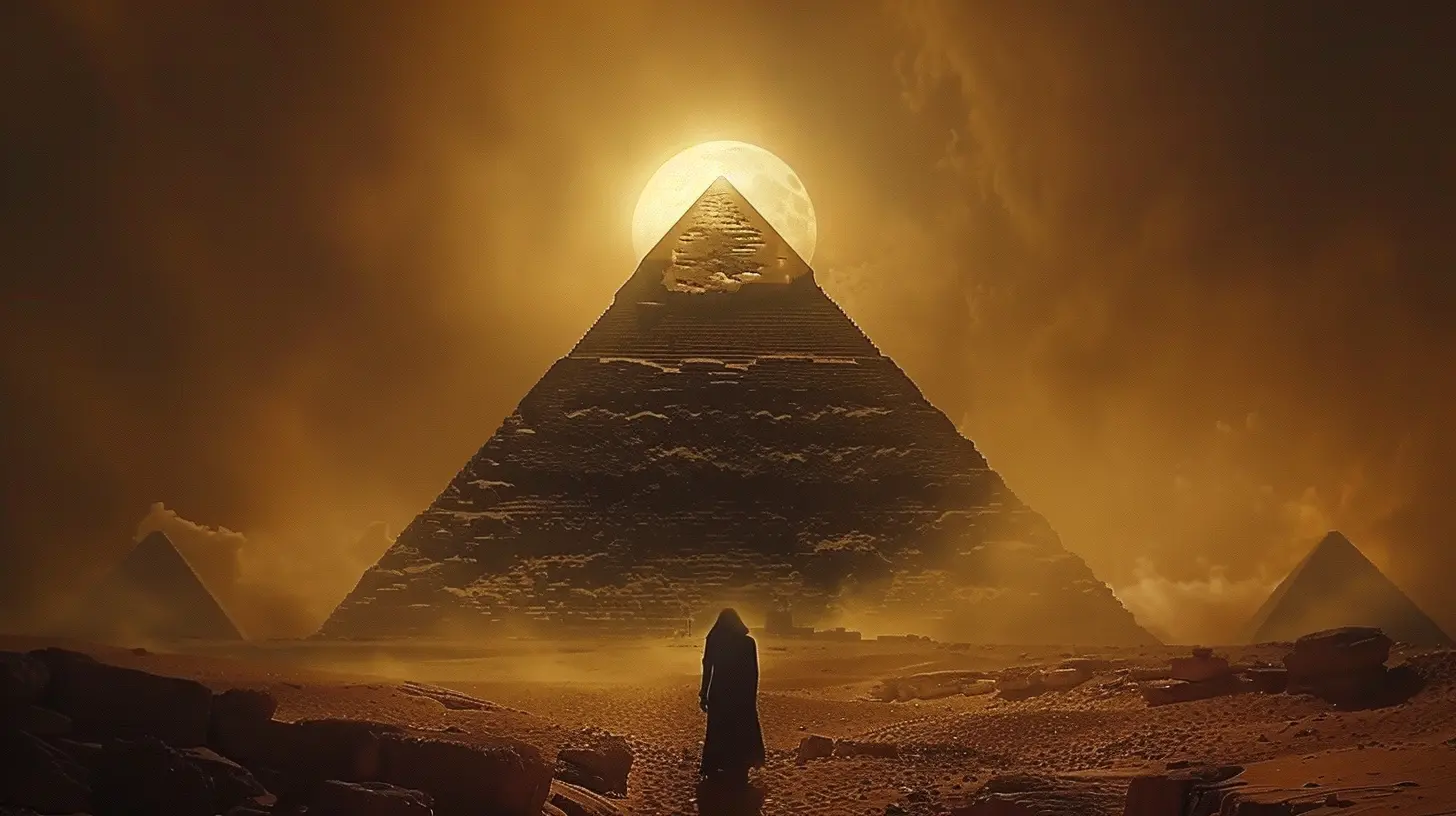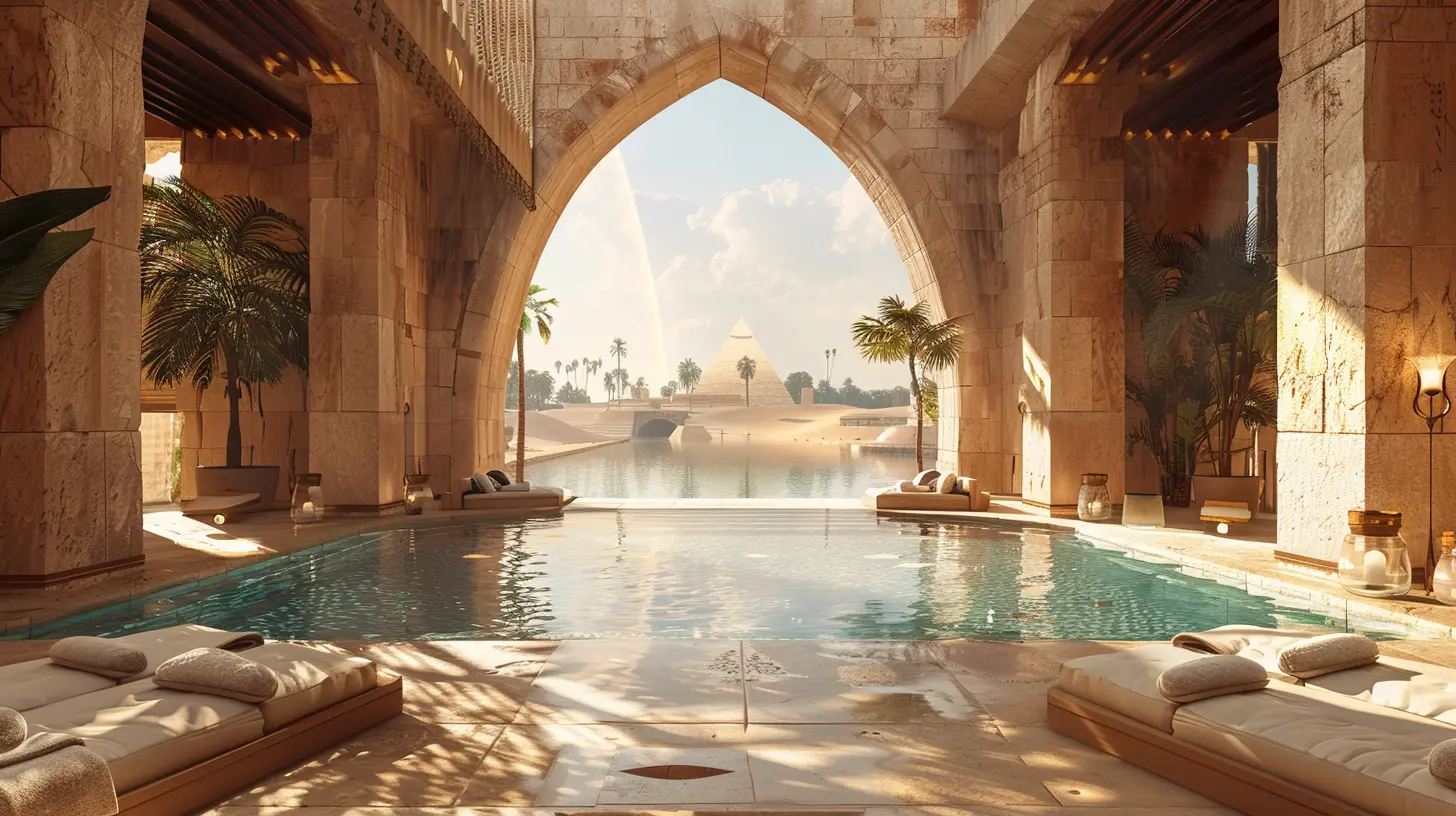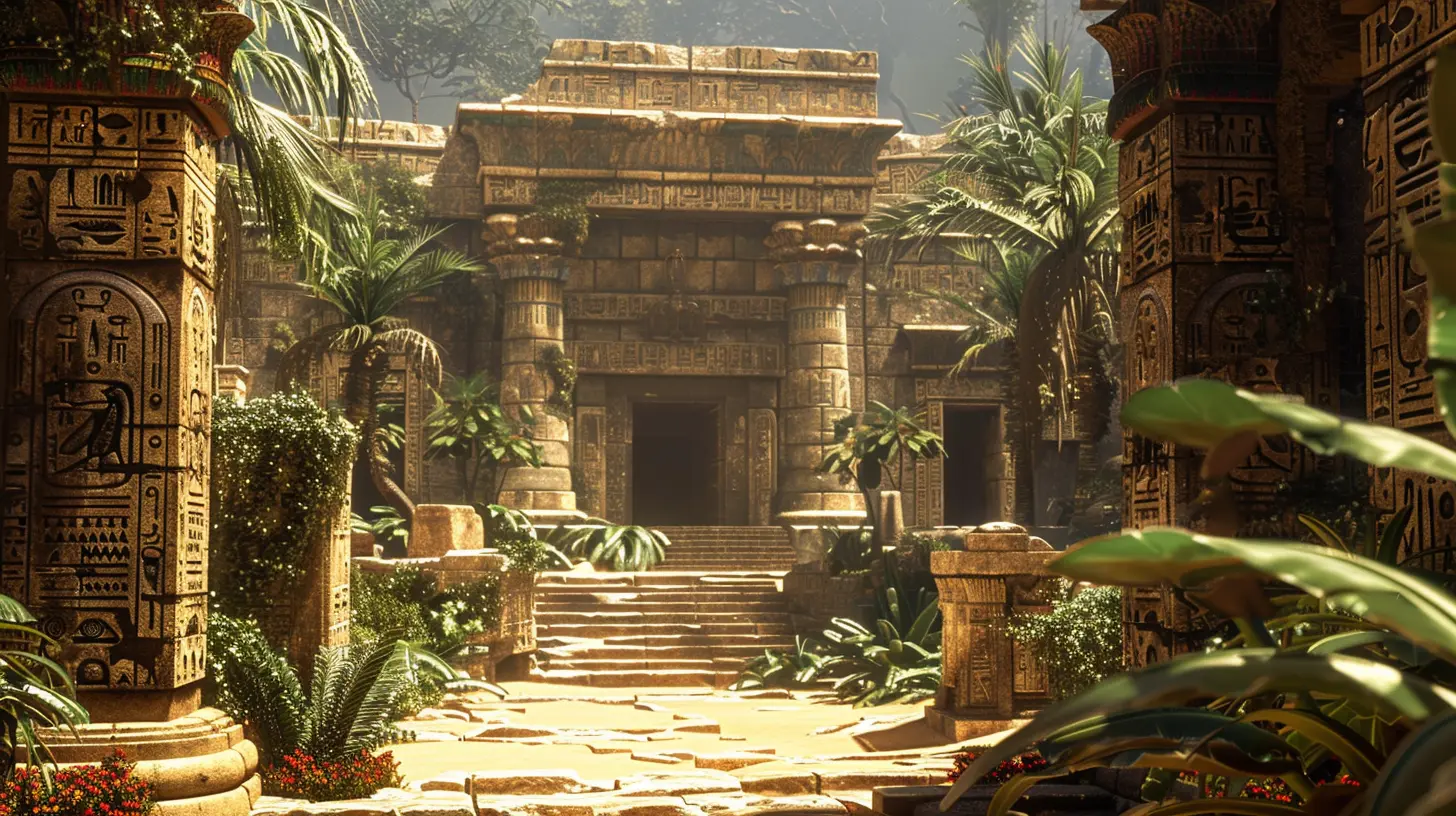Ancient Wonders: The Timeless Appeal of Egypt's Pyramids
6 October 2025
Ever caught yourself daydreaming about ancient civilizations? You know, wondering how people thousands of years ago managed to build massive structures without cranes, trucks, or even Google Maps? Well, Egypt’s mighty pyramids could easily steal the show in that daydream. The Pyramids of Egypt aren’t just dusty old stone blocks—they’re towering testaments to human ingenuity, wrapped in mystery, mythology, and magic.
So, let’s dive deep into the sands of time and unravel the timeless charm of Egypt’s pyramids—why they continue to captivate travelers, historians, and dreamers alike.
A Glimpse Into the Past: When and Why Were the Pyramids Built?
Before we can appreciate the magic, we need to set the stage. Imagine it: Egypt, over 4,500 years ago. Pharaohs were the big shots, people worshipped a pantheon of gods, and the desert was alive with spiritual and cultural energy. The pyramids, especially the iconic ones at Giza, were built during Egypt's Old Kingdom era—roughly around 2600 BC.But contrary to popular myth, these weren’t just fancy tombstones. Sure, they served as burial chambers for pharaohs, but they also symbolized the ultimate goal of Egyptian life—eternal life. The pyramid shape, believed to represent the rays of the sun, was a sacred staircase guiding the soul of the pharaoh to the heavens. Pretty poetic, don’t you think?
The Big Three: Giza's Iconic Pyramids
When you think “pyramid,” odds are your mind immediately jumps to the three famous structures towering over the Giza Plateau. And for good reason—they’re absolute showstoppers.1. The Great Pyramid of Khufu (a.k.a. The Big Daddy)
This one’s the superstar. Also called the Pyramid of Cheops, it was built for Pharaoh Khufu and originally stood at a whopping 146 meters (about 481 feet)! Although it's lost a bit of height due to erosion and missing limestone casing, it remains one of the Seven Wonders of the Ancient World—and the only one still standing.Let that sink in. Something built over 4 millennia ago is still here, defying time better than most things we own today.
2. The Pyramid of Khafre
Slightly smaller than Khufu’s, this pyramid holds its own with a pretty cool perk—it’s the one directly behind the Sphinx. Built for Khufu’s son, Khafre, this pyramid looks taller because it sits on higher ground and still has a bit of its original limestone casing near the top. It’s kind of like a sibling rivalry in stone.3. The Pyramid of Menkaure
This one's the smallest of the three, but don’t let its size fool you. It’s still an architectural marvel. Menkaure’s pyramid stands at 65 meters (213 feet) and was adorned with rich materials, possibly including granite casing—because going out in style was a big deal back then.
The Sphinx: The Mysterious Guardian
You can’t talk about the Pyramids of Giza without giving a nod to the Sphinx. With the body of a lion and the head of a pharaoh (possibly Khafre), this enigmatic statue has been silently watching over the desert for centuries.No one can say for sure what it was built for or why it has such a weather-beaten face (nose jokes aside). But that’s part of the charm—it refuses to give up all its secrets. Kinda like your grandma’s legendary cookie recipe.
Secrets in the Stones: What Makes the Pyramids So Fascinating?
Let’s be real. We live in an age of AI, smartphones, and space travel, yet we’re still scratching our heads over how these massive pyramids were built. No cranes, no concrete mixers, no CAD software.So how did they do it?
Some theories suggest massive ramps, some point to clever engineering, and others go all-in with aliens (yep, that’s still a thing). Whatever the truth may be, the uncertainty keeps the mystery alive.
And then there’s the detail—perfect alignments with stars, precise geometry, hidden chambers, and secret shafts that seem eerily purposeful. These weren’t just piles of rock. They were planned meticulously, probably with spiritual and astronomical significance in mind.
Mind officially blown, right?
More Than Just Stones: Culture, Myth, and Symbolism
The pyramids aren’t just feats of engineering—they’re crammed with cultural, spiritual, and symbolic meaning. They’re literally carved stories of an ancient belief system that emphasized resurrection, gods, and cosmic balance.The pyramid’s shape itself, pointing upward, was symbolic of the pharaoh’s journey to join the gods. Inside, intricate hieroglyphs whisper tales of divine lives, sacred rituals, and the Pharaoh’s epic transformation into a god-like being.
And it’s not just walls filled with dusty scripts. These are echoes of real emotions—fear, hope, ambition, and the eternal quest for immortality.
The Modern-Day Pull: Why We Still Can’t Get Enough
Fast-forward to today, and Egypt's pyramids still magnetically pull in millions of tourists, history buffs, and Instagrammers every year. But why?Honestly, it’s the mystery mixed with majesty that hooks us. In a world where answers are just a Google search away, the pyramids still leave us in awe. They’re a connection to something bigger than ourselves—a civilization that saw life and death through a completely different lens.
Plus, let’s face it—they’re photogenic. The desert ambiance, the play of light and shadow across ancient stones, and the sheer scale lend themselves to some next-level travel pics.
Tips for Visiting the Pyramids (Without Losing Your Cool)
If a trip to Egypt is on your bucket list—and it should be!—then a visit to the pyramids is non-negotiable. But before packing those sandals and a sunhat, here are some practical tips to make your pyramid pilgrimage smooth and unforgettable.Timing Is Everything
Try to visit early in the morning. The light is magical, the crowds are thinner, and let’s be honest—the desert sun doesn’t mess around after noon.Go with a Local Guide
Sure, you could wander on your own, but having a local guide adds layers to the experience. They know the hidden stories, the legends, and the best photo spots. Plus, you'll support the local economy.Hydrate and Dress Smart
You’ll be walking—a lot. So load up on water, wear breathable clothing, and don’t even think about leaving sunscreen behind.Respect the Site
These are sacred spots, not just tourist traps. Don’t climb on the stones or leave trash behind. Let’s keep history intact for future wonder-seekers.Beyond Giza: Other Pyramids Worth Seeing
Giza gets all the glory, but Egypt's rocking over 100 other pyramids scattered across the country. Seriously, it’s like an ancient architectural buffet out there.Saqqara: The Step Pyramid
This one’s older than the Great Pyramid—by about 200 years! Built for Pharaoh Djoser, the Step Pyramid at Saqqara is the first real attempt at pyramid construction. It’s kind of the great-granddaddy of them all.Dahshur: The Bent and Red Pyramids
Dahshur is like the experimental lab of pyramid building. The Bent Pyramid, with its odd angles, shows engineers were still figuring out the whole “tall and stable” equation. Nearby, the Red Pyramid nails the design and stands as one of the first smooth-sided pyramids ever built.These less-crowded sites offer a deeper, more tranquil experience. If you’re into history (or just hate crowds), don’t skip them.
Wrapping Up: The Timeless Appeal of the Pyramids
So, why do Egypt’s pyramids continue to spellbind us?Because they’re not just stone structures—they’re time machines, storytellers, and silent guardians of human history. They make us feel small and inspired all at once. They whisper secrets we’ll never fully understand but can’t stop trying to uncover.
Standing before them, you don’t just see history—you feel it. And honestly, that’s worth the trip halfway across the world.
Whether you're a history geek, a spiritual seeker, or just someone chasing that once-in-a-lifetime Instagram shot, the pyramids offer something rare: a connection to the divine, the unknown, and the utterly awesome.
So, pack your bags. Adventure (and a little ancient magic) awaits in the land of Pharaohs.
all images in this post were generated using AI tools
Category:
Ancient RuinsAuthor:

Pierre McKinney
Discussion
rate this article
1 comments
Adrian Wagner
The article effectively highlights Egypt's pyramids as enduring symbols of human ingenuity. Their architectural grandeur and historical significance continue to captivate travelers, offering a profound connection to ancient civilization's mysteries and achievements.
October 6, 2025 at 3:58 AM


